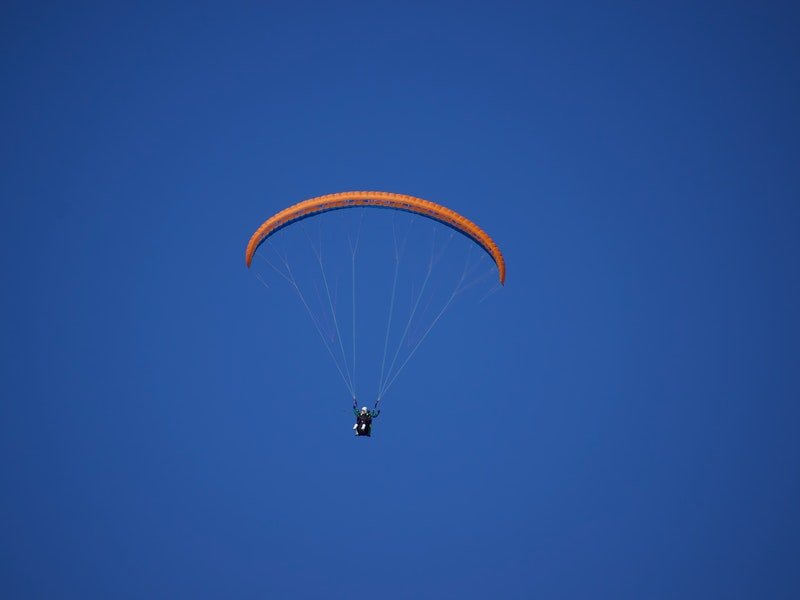BASE jumping, probably the only thing that’s more thrilling than a parachute jump. You don’t get that long freefall sensation, granted. But jumping from a cliff face or tall building has got to be one of the biggest adrenaline highs you can get.
But there’s a question that often comes up for one reason or another, do BASE jumpers use parachutes?
BASE jumping

Most people often write it as ‘base jumping,’ but it should be capitalized as ‘BASE’ is an acronym, just like SCUBA. It’s made up of the four most common objects used to jump (or exit) from; buildings, antennae, spans, and earth – BASE.
While the language can be a bit odd, it basically includes radio towers or cooling towers, bridges, and tall vertical cliffs.
Is BASE jumping illegal?

BASE jumpers are huge thrill-seekers, and to be the first or only person to ‘exit’ a particular building or place can be an excellent brag point.
Many buildings and antennas in the U.S. are privately owned. So it’s doubtful that the owners would allow jumpers to exit from their structures. For one, the sport is incredibly dangerous; they wouldn’t want to attract a lawsuit or the negative publicity that could go with any sort of mishap.
It could also put their employees in danger or risk damage to their building.
But this doesn’t stop jumpers from finding ways to circumvent security, fencing, or dodging CCTV to make it to that never before, super exclusive exit.
So while it’s not illegal as such, it’s often frowned upon.
It is, however, illegal in U.S. National Parks. Back in the 1980s, when BASE jumping first became a thing, you could apply for permits to jump in National Parks.
But soon, NP found that too many people were jumping from these historic landmarks. Environmental damage was happening, and the permits were withdrawn. Since then, all parachuting activities in national parks have been banned under Article 36 CFR 2.17(3).
Do BASE jumpers use parachutes?

Yes, BASE jumpers wear parachutes. It’s a single parachute system, which is housed in a fabric rucksack-type container. There’s no ‘approved’ organization that mandates how the chutes should be designed or packaged. The development came from several years of work after the sport came about in the 1980s.
It’s a single shot system as you only get a few seconds of freefall; this means there isn’t the time to try and use a backup parachute. You don’t get the chance to cut away your main chute and go for a reserve as you would with skydiving.
There’s no FAA approval or certified riggers to pack and repack chutes – it’s essentially all on the individual.
This is why BASE jumping is far riskier than a normal skydive.
While there have been instances of individuals skydiving without a parachute, like Luke Aikins in 2016 – he jumped from 25,000 feet into a 100ft x 100ft net, so far, nobody has attempted such a feat while BASE jumping.
BASE jumping is far more dangerous than skydiving. Purely because the time you have in freefall is compressed, and there’s a total lack of safety or backup systems. If your parachute doesn’t open for whatever reason, well, that’s your lot.

